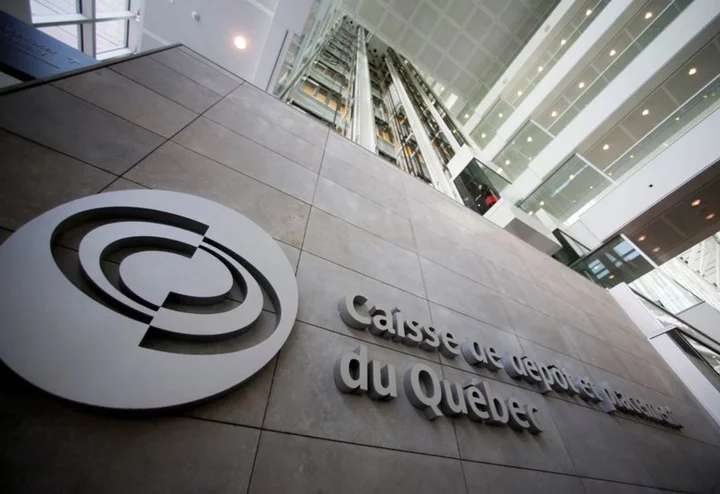The end may be close for Yellow Corp, a nearly century-old trucking company with 30,000 employees.
The company narrowly avoided a fatal strike by the Teamsters earlier this week after Yellow missed payments to pensions and healthcare funds, as the union agreed to give it extra time to make the payments.
But the company has stopped picking up new freight from customers and is only in the process of delivering the shipments it already has in its system according to Satish Jindel, a trucking industry consultant.
"They're clearing out the pipeline. They'll be shut down by Monday, if not sooner," he told CNN Thursday.
The Wall Street Journal reported Thursday that customers were already fleeing the company before the 11th hour deal over the weekend to prevent the strike by Teamsters and that the exodus had continued this week. Industry trade publication FreightWaves reported late Wednesday that the company's entire sales staff was told that their last day would be Friday, and that a bankruptcy filing would come July 31. The Journal reported that the bankruptcy filing would come this week.
All these reports sent shares of Yellow plunging 40% in early trading Thursday.
Asked about reports of an imminent bankruptcy, the company only said it is weighing all of its options.
"Talks with the International Brotherhood of Teamsters are ongoing. As previously stated, in keeping with the fiduciary responsibility of the company's executives, the company continues to prepare for a range of contingencies," said a statement from the company.
Taxpayers own 30%
All of this is bad news for US taxpayers, who ended up owning 30% of the company after Yellow received a $700 million government loan during the pandemic, despite the fact that at the time it was facing charges of defrauding the government by overbilling on shipments of items for the US military.
The company eventually settled the dispute without admitting wrongdoing but was forced to pay a $6.85 million fine.
Shares of Yellow were already down nearly 70% since the government made the loan that gave it the stake in the company, even before Thursday's plunge.
Yellow has been trying to reach an agreement with the Teamsters to restructure its operations, which it said it needs to survive. So far the union has rejected its proposals, even after the company sued the union last month in an attempt to force it to accept the restructuring plan.
The union has said that the problems at Yellow are due to mismanagement, not with the union's reluctance to go along with the restricting plans.
"After decades of gross mismanagement, Yellow blew through a $700 million bailout from the federal government, and now it wants workers to foot the bill," said Teamsters President Sean O'Brien in a statement last month. "For a company that loves to cry poor, Yellow's executives seem to have no problem paying a team of high-priced lawyers to wage a public relations battle—all in a failed attempt to mask their incompetence."
Higher prices for shippers ahead
Yellow handles pallet-sized shipments of freight, moving shipments from numerous customers in the same truck, a segment of the trucking industry known as less-than-truckload, or LTL.
But the company handled only about 7% of the nation's 720,000 daily LTL shipments last year, said Jindel. He said there is about 8% to 10% excess capacity in the LTL sector right now, so the closure of Yellow shouldn't cause a significant disruption in supply chains. But he said it will cause higher rates for shippers who depend on LTL carriers, since it was the excess capacity putting downward pressure on pricing.
Higher prices will particularly be true for Yellow customers, Jindel said.
"The reason they were using Yellow was because they were cheap," he said. "They're finding out that price was below the cost of supporting a good operation."
When the trucking industry was deregulated nearly 40 years ago, the segment of the industry that handled full trailers of cargo, known as truckload, soon was dominated by non-union trucking companies since all low-cost competitors needed to enter that segment of the industry was a truck.
But the LTL segment requires a network of terminals on which to sort incoming and outgoing freight. That limited, but did not prevent, the entry of low-cost competitors. So unionized carriers such as Yellow continued to be major players, even as nonunion rivals grew.
But eventually non-union carriers came to dominate the LTL segment as well. By early in this century, many of the remaining unionized LTL carriers, including Yellow and rivals such as Roadway Express, New Penn and Holland, merged, in an effort to survive.









